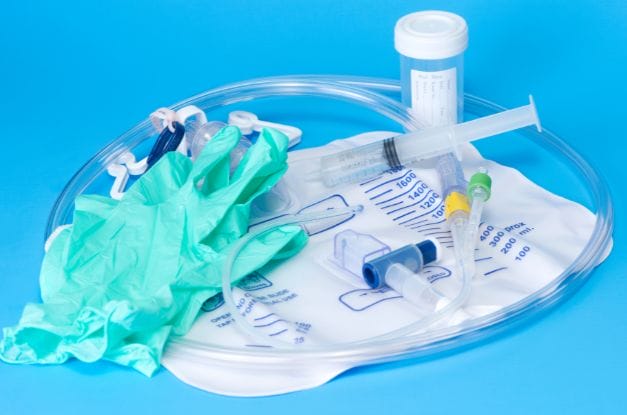Catheter users must maintain proper hygiene to minimize the risk of infections and other complications. Having a good understanding of effective hygiene practices allows catheter users to maintain their overall health and well-being. Explore various hygienic practices that can improve the lives of catheter users.
Regular Catheter Cleaning
One of the most critical aspects of catheter care is regular cleaning. Without proper cleaning, bacteria and other microorganisms can build up, leading to urinary tract infections (UTIs). The best way to avoid complications is to follow recommended tips for avoiding catheter-associated UTIs. Most importantly, users and caregivers should clean the instrument with mild soap and water daily. While cleaning, ensure the entire catheter, including tubing and the area around its insertion, receives thorough cleaning to prevent infections.
Proper Handwashing Technique
Handwashing is a fundamental practice that all patients should do, especially catheter users. You can reduce the chance of contracting a disease and spreading germs by practicing proper handwashing. As a catheter user, you should always wash your hands with soap and water before and after managing the catheter to minimize the spread of germs.
Changing the Catheter Regularly
It is also essential to change the catheter regularly. Depending on the catheter a person uses, the changing frequency will vary. In addition, professionals and users should change indwelling catheters every 2-4 weeks, while intermittent catheters require changing after every use. These guidelines help maintain a sterile environment, reducing the risk of infections.
Proper Disposal of Used Catheters
Another critical aspect of maintaining hygiene around catheter usage is appropriately disposing of the used catheter and accompanying supplies. These items must go into a designated waste container or a plastic bag, ensuring they do not come into contact with other surfaces. By disposing of used items correctly, individuals can limit the likelihood of cross-contamination and infection.
Maintaining a Clean Environment
Creating and maintaining a clean environment around the catheter is essential for reducing the risk of complications. Ensure the area around the catheter insertion site stays clean and dry, and regularly assess for any signs of infection. Keeping the living environment clean is also beneficial, as clean surroundings reduce the chances of disease and promote overall well-being.
Catheter users who adopt effective hygiene practices have better chances of preventing infections. Incorporate these practices into your daily life to improve your health and well-being.






